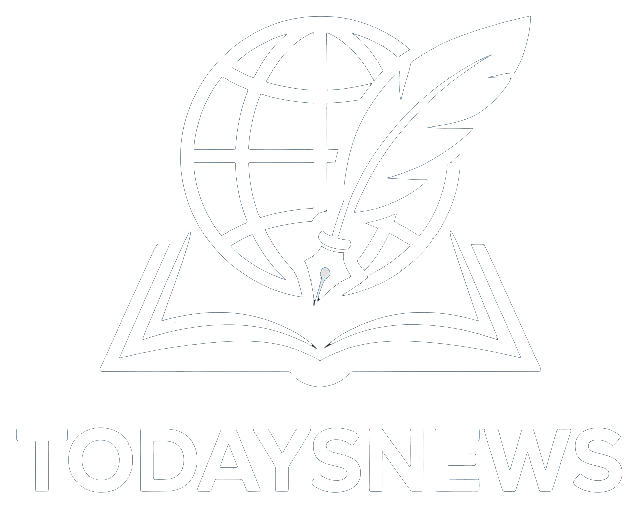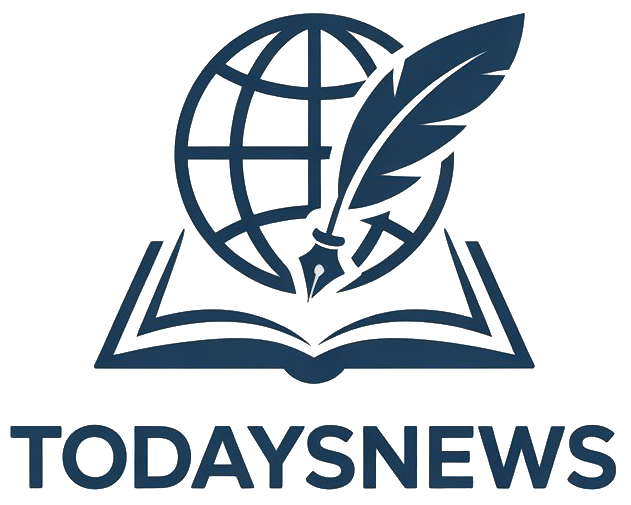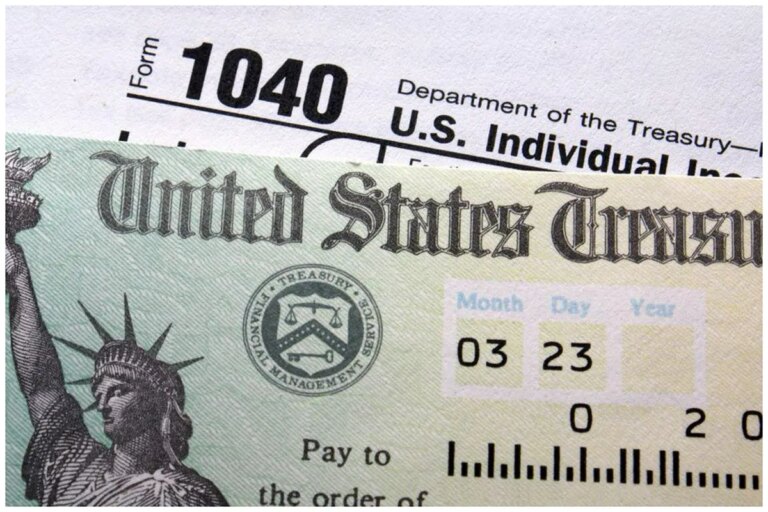If you have already hit the ceiling on your 401(k) contributions this year, you are in rare company. In 2025, workers can stash away up to $23,500 in their 401(k) plans, with an additional $7,500 in “catch-up” contributions for those over 50. And for Americans aged 60 to 63, a new rule now allows an extra $11,250.
That represents a milestone for contributors. But for super-savers and high-income earners, the real question soon becomes: now what?
Raising the alarm! Social Security trust funds projected to run out of money sooner than expected
“Maxing out your 401(k) is a milestone,” says financial coach Chris Hogan of Ramsey Solutions. “But it doesn’t end your savings journey. It means you have to get smart.”
Health Savings Accounts: the ‘triple tax win’
The most under-appreciated vehicle of retirement may be the Health Savings Account (HSA). Offered to individuals enrolled in high-deductible health plans, HSAs allow tax-free contributions, tax-deferred investment, and tax-free withdrawal for qualified medical expenses.
“The HSA is one of the strongest accounts in tax law,” Kiplinger retirement writer Sandra Block says. “It’s both a retirement account, because after age 65 you can withdraw for any reason without penalty – although you’ll pay taxes if it’s not for medical expenses.”
Roth IRAs and the backdoor loophole
If you are contributing less than the IRS limit, sending money directly to a Roth IRA is an intelligent decision. The bonus? Tax-free retirement distributions.
For more affluent individuals, the so-called backdoor Roth, where you contribute after-tax dollars to a traditional IRA, and then roll it over, still is a technically allowed tactic, although it adds tax complexity.
The “mega” backdoor Roth for super-savers
Some business plans currently permit employees to contribute extra after-tax dollars beyond the regular 401(k) contribution limits. Those dollars may be rolled over to a Roth 401(k) or a Roth IRA.
“This is referred to as the mega backdoor Roth, and it’s a home run if your employer offers it,” Block says. “It enables individuals to contribute tens of thousands of dollars more to Roth accounts annually.“
Non-qualified deferred compensation plans
Executives and high earners can be given the access to non-qualified deferred compensation (NQDC) plans. These allow workers to save part of wages or bonuses to be received in the future, generally in retirement, deferring tax during the process.
There is a catch: they are attached to your employer’s finances and typically invest in a lockbox until some date. They are not for everyone, but for those in high income tax brackets today, the deferral is tempting.
For those already regularly giving, donor-advised funds (DAFs) enable you to contribute a big charitable donation all at once, take the deduction now, and make distributions to charities later.
“It’s a way of bunching up deductions in a high-income year, but giving to charities you’re passionate about over many years to come,” Hogan says.
Once tax-favored options are vanished, a taxable brokerage account remains a potent tool. You will not receive front-end tax advantages, but you will enjoy flexibility: no contribution restrictions, no penalties for taking withdrawals early, and access to strategies like tax-loss harvesting.
Balancing growth with flexibility
The experts advise that while saving is to be applauded and shared, it has to be done with flexibility. A decent emergency fund, normally six months of living expenses, must precede locking up too much in retirement funds.
“Liquidity doesn’t get the respect it deserves,” Block says. “It’s wonderful to contribute the maximum to accounts, but you have to have money available for life events: home buying, college expenses, or even on-the-job career changes that are not expected.“
As a brief…
Having reached the 401(k) cap in 2025 is an accomplishment, but it is not the final page in your money playbook. From HSAs and Roth playbooks to deferred comp plans and charitable accounts, there are more choices than ever for savers to keep their cash working.
Your best option is really a matter of your age, tax situation, and goals. A professional financial planner can assist you in determining which one of these resources, or pair of them, will work best for you.
Since saving for retirement is as much about freedom and choices as it is about reaching levels.


